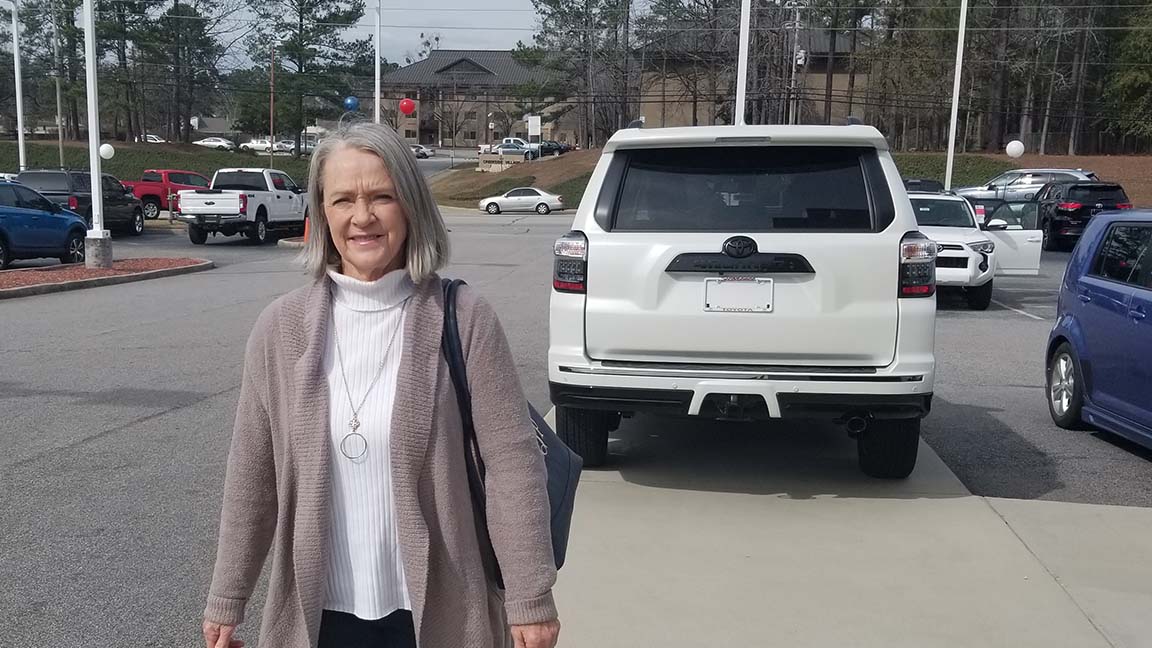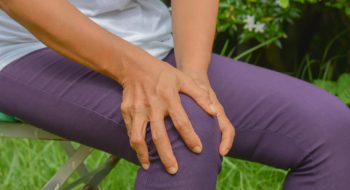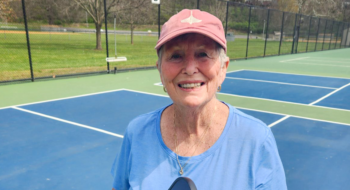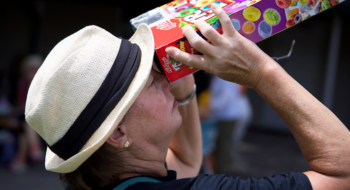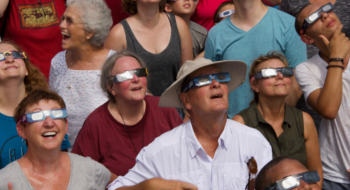There is no good time to break your kneecap, especially just before the holidays.
Andrews resident Wanda Boyd was Christmas shopping in November when her day suddenly took a turn for the worse. Boyd was walking into a store when one of her feet got caught on a curb.
“I went down hard on my left knee,” she recalls. “When I turned over and went to bend it, I could see my kneecap separate.”
Fortunately, the injury didn’t cause a great deal of pain, but Boyd found she couldn’t get back up or walk. Bystanders called 911, and Boyd was taken to the emergency department at Tidelands Georgetown Memorial Hospital, where her left leg was immobilized and her injury was evaluated by Tidelands Health orthopedic surgeon Dr. Earl Han.
Successful surgery
Dr. Han, who practices at Tidelands Health Orthopedics at Georgetown, says restoring movement to a broken knee as soon as possible — within a week of the injury — is important because it helps prevent the knee from becoming stiff and can reduce the risk of traumatic arthritis.
Boyd’s surgery took place three days after her fall. Dr. Han repaired the fracture by fitting the kneecap back together, pinning it temporarily into place then using surgical screws to permanently secure it.
He also used a high strength suture tape to further secure the knee rather than surgical wire, an older practice.
“It’s nice because it’s robust like the wires, but usually doesn’t lead to any irritation,” he says. “It prevents (the need for) a second surgery and allows for quicker range of motion, which is important to prevent stiffness, scar tissue formation and pain.”
Back on her feet
Immediately after surgery, Boyd regained motion in her knee and began a rehabilitation protocol aimed at improving pain and function. The surgery was the first step in her recovery, which also required six weeks of physical therapy.
“At that point right after surgery, you’re kind of in shock and you don’t know what to expect or what you’ll be able to do,” she says.
She used crutches to get around for the first week.
“The hardest thing for me was learning how to maneuver with crutches,” she says.
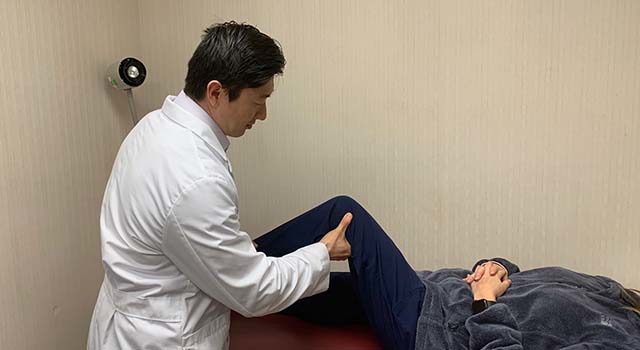
Dr. Han, a fellowship-trained orthopedic surgeon, treats conditions such as joint pain, fractures, arthritis and meniscal and rotator cuff injuries.
By the second week after her surgery, Boyd, who is retired, was walking without crutches. She says Dr. Han’s recommendation that she undergo surgery as soon as possible after her fall and begin moving and putting some pressure on the knee immediately has helped her recover.
These days, Boyd says she’s nearly back to normal outside of some occasional stiffness that goes away when she bends the knee.
“The only thing I don’t do quite yet is get up and down from the floor,” she says. “I’m not cleaning the baseboards.”
A 'trooper'
She is pleased with the results of the surgery and says Dr. Han’s calm bedside manner helped her overcome a very challenging situation.
“He was soft spoken, took the time to talk to me and answered any questions I had,” she says. “He had my X-rays and explained what his procedure would be.”
Dr. Han, in turn, is very happy with how Boyd is doing.
“She’s a trooper,” he says. “She suffered a pretty significant injury, but she was committed to getting better, and it’s great to see how well she’s doing.”

Dr. Earl Han
Orthopedic Surgeon, Tidelands Health Orthopedics
Call to Schedule
Medical Education
Education
University of New England, College of Osteopathic Medicine
Residency
Michigan State University
Internship
Michigan State University
Fellowship
University of Kentucky
Meet the Expert
Dr. Earl Han
Call to Schedule
